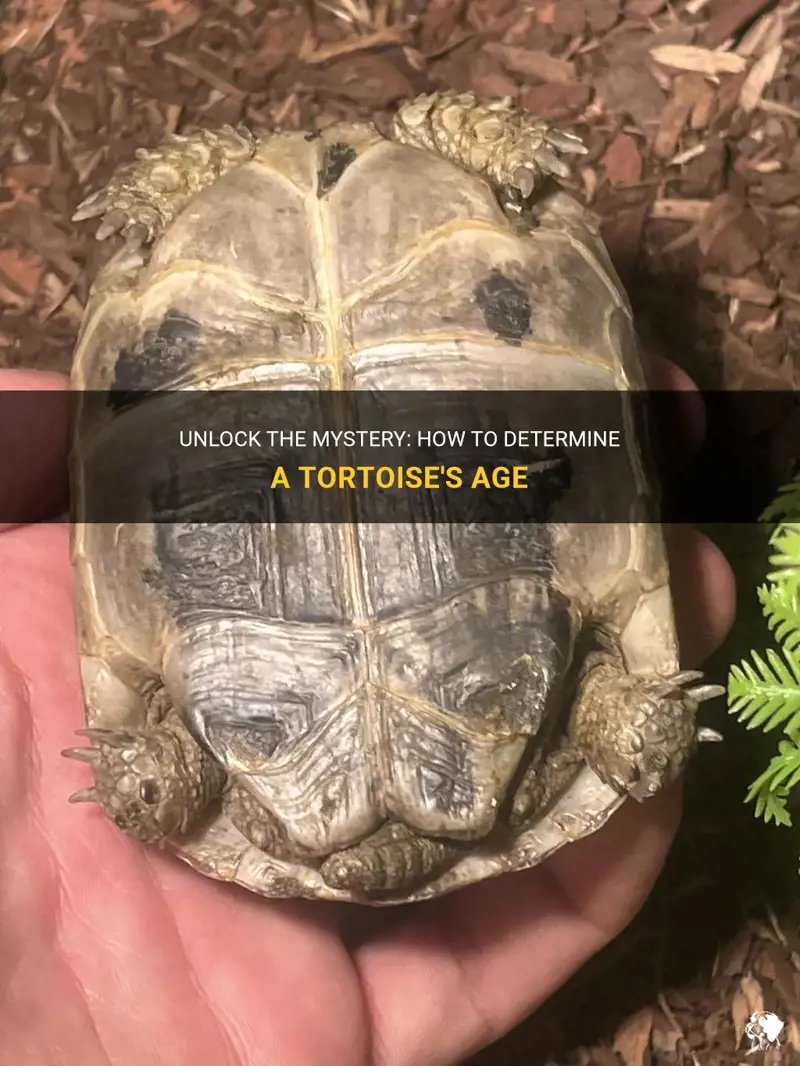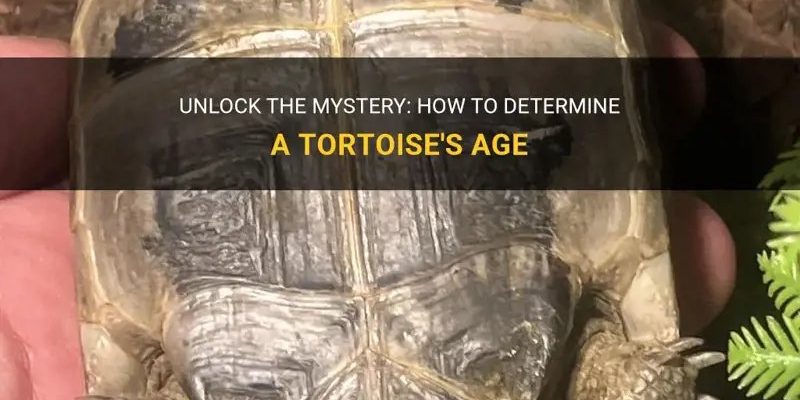
Knowing a tortoise’s age can be surprisingly useful. Whether you’re adopting one, helping a friend out, or just curious, understanding how to gauge age is a big part of caring for these gentle creatures. It’s kind of like knowing how old your dog is—it helps you provide the best care and enrich their life. So, let’s dive into the methods used to figure out how old your shelled friend really is.
The Basics of Tortoise Lifespans
Tortoises are known for their longevity, with some species living well over 100 years. This long lifespan means that understanding their age isn’t just about trivia; it’s about properly caring for them through various life stages. It’s crucial to approach this with the right mindset, as different species mature at different rates.
For example, a Sulcata tortoise can reach maturity in about 10 to 15 years, while a Galápagos tortoise might take much longer. This slow maturation is part of what makes them so special. Imagine raising a pet that could be a part of your family for generations—it’s a big responsibility. Understanding their lifespan can help you bond with and care for your tortoise better.
Here’s the thing: if you’re looking to estimate age, know that you might need to look at a combination of factors. Just like how you wouldn’t judge a book by its cover, you can’t determine age by external appearances alone. Let’s explore some methods to help you estimate a tortoise’s age more accurately.
Counting Shell Growth Rings
One of the most commonly used methods for estimating a tortoise’s age is by counting the growth rings on their shell, also known as scutes. Think of it like counting the rings on a tree—each ring can represent a year of life. This method works best with younger tortoises, as their growth patterns are more distinct.
To get started, observe the scutes on the shell. Each year, a tortoise will usually develop a new ring; however, this can be affected by environmental factors like diet and climate. Here’s how to go about it:
- Clean the shell: Make sure to gently clean the shell with a soft brush and some water to remove dirt.
- Check for rings: Look closely at the scutes, typically on the outer edges. You should see distinct ridges or lines.
- Count the rings: Count the number of rings from the center outward—the more rings you see, the older the tortoise is!
However, be cautious. If a tortoise hasn’t had proper nutrition or is kept in poor conditions, it may show slower growth or fewer rings. It’s not an exact science, but it can give you a ballpark figure.
Observing Size and Weight
While counting growth rings is a reliable method, it’s not the only way to assess a tortoise’s age. You might also want to consider their size and weight. Generally, larger tortoises are older.
Different species grow at varying rates, so having a reference for your species is crucial. For example, a healthy adult Russian tortoise might weigh around 5 to 10 pounds as it matures over 5 to 10 years. Meanwhile, a healthier Sulcata tortoise could weigh over 100 pounds by the time it’s 10 years old!
Here’s how you can use size and weight as indicators:
- Know the species: Research how quickly the specific species matures.
- Measure and weigh: Use a scale and a tape measure to track growth over time.
- Compare with growth charts: Often, you can find growth charts online that give estimates based on size and species.
This isn’t foolproof since factors like diet and living conditions can influence growth rates, but it can help give you a general idea.
Examining the Overall Health of the Tortoise
The overall health of a tortoise can also provide clues about its age. An older tortoise might show different physical characteristics than a younger one. For example, older tortoises often develop a more rugged or worn appearance, particularly in their shell.
You might notice variations like:
- Shell texture: Younger tortoises often have smoother shells, while older tortoises may have a more weathered look.
- Coloration: Over time, various species might lose some of their vivid colors or patterns.
- Movement: Younger tortoises are typically more sprightly, while older ones may move more slowly.
So if your tortoise seems a bit more sluggish and has a shell showing signs of wear, it’s likely older than one that’s zooming around like a speedy little machine!
Behavioral Indicators
Sometimes, behavior can also shed light on age. Younger tortoises tend to be more curious and adventurous, while older tortoises may prefer a calmer lifestyle.
Consider the following behavioral signs:
- Playfulness: Young tortoises often explore their surroundings, digging and roaming more than their older counterparts.
- Eating habits: As tortoises age, their dietary preferences can shift, often opting for less variety than their youthful selves.
- Hibernation patterns: Older tortoises may have more consistent hibernation patterns as they settle into a routine.
By observing how your tortoise interacts with its environment, you may deduce its age range based on these behavioral cues.
Consulting a Veterinarian
When in doubt, sometimes the best route is to consult a vet who specializes in reptiles or tortoises. A veterinary expert can typically provide an estimated age through a thorough examination. They can assess not just the shell and size but the overall physiological condition of your tortoise.
Here’s how a vet might help:
- Physical examination: They can check for age-related signs you might miss.
- Medical history: If you can provide any past health records, that can help them assess age more accurately.
- Expert knowledge: A vet familiar with tortoises will know what signs to look for and can guide you through age estimation.
Taking your tortoise to a vet not only gives you age insights but helps ensure your pet stays healthy and happy.
Figuring out how old a tortoise is can be a fun, insightful journey. From counting growth rings to observing behavioral traits and consulting with a vet, you’ve got many ways to estimate their age. Remember, while each method has its quirks, combining them will give you the best picture. Just like people, tortoises are unique beings, and knowing their age can enhance your understanding and care for them.
So next time you find yourself wondering about your tortoise’s age, just think of it as part of their story—a beautiful journey that could last for decades. With the right care and love, your tortoise will continue to thrive, no matter how many rings are on that shell.

